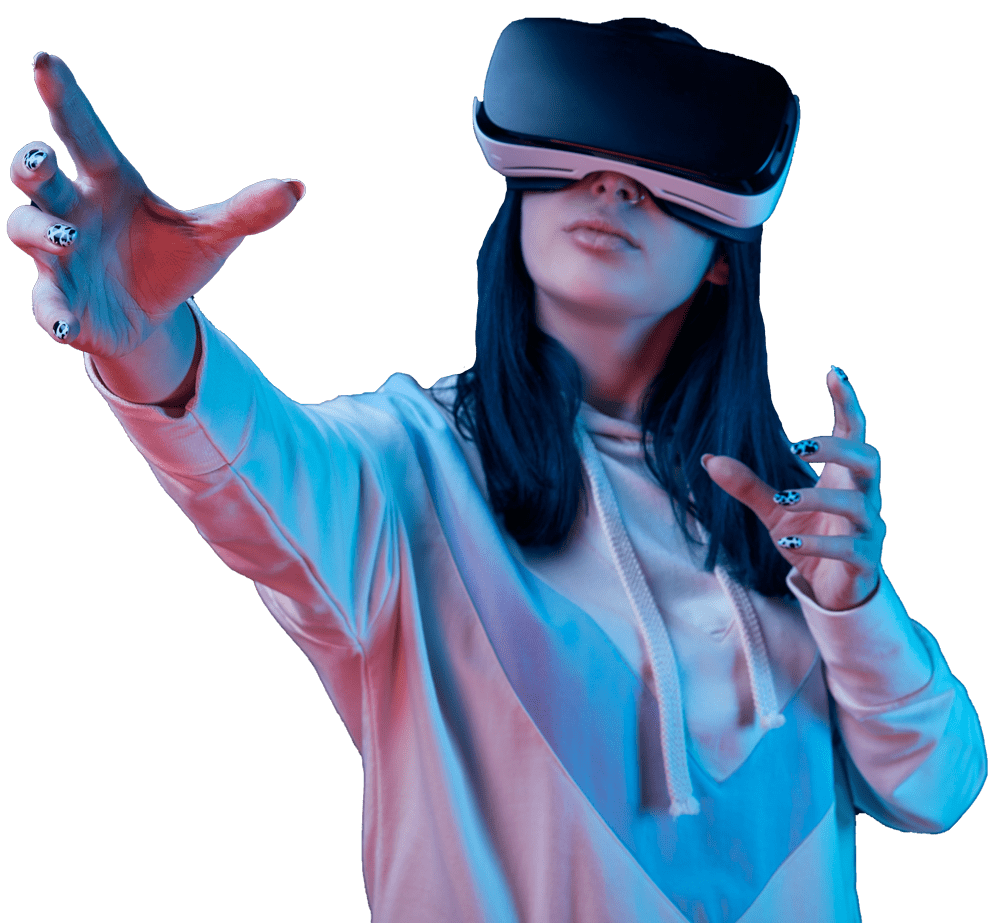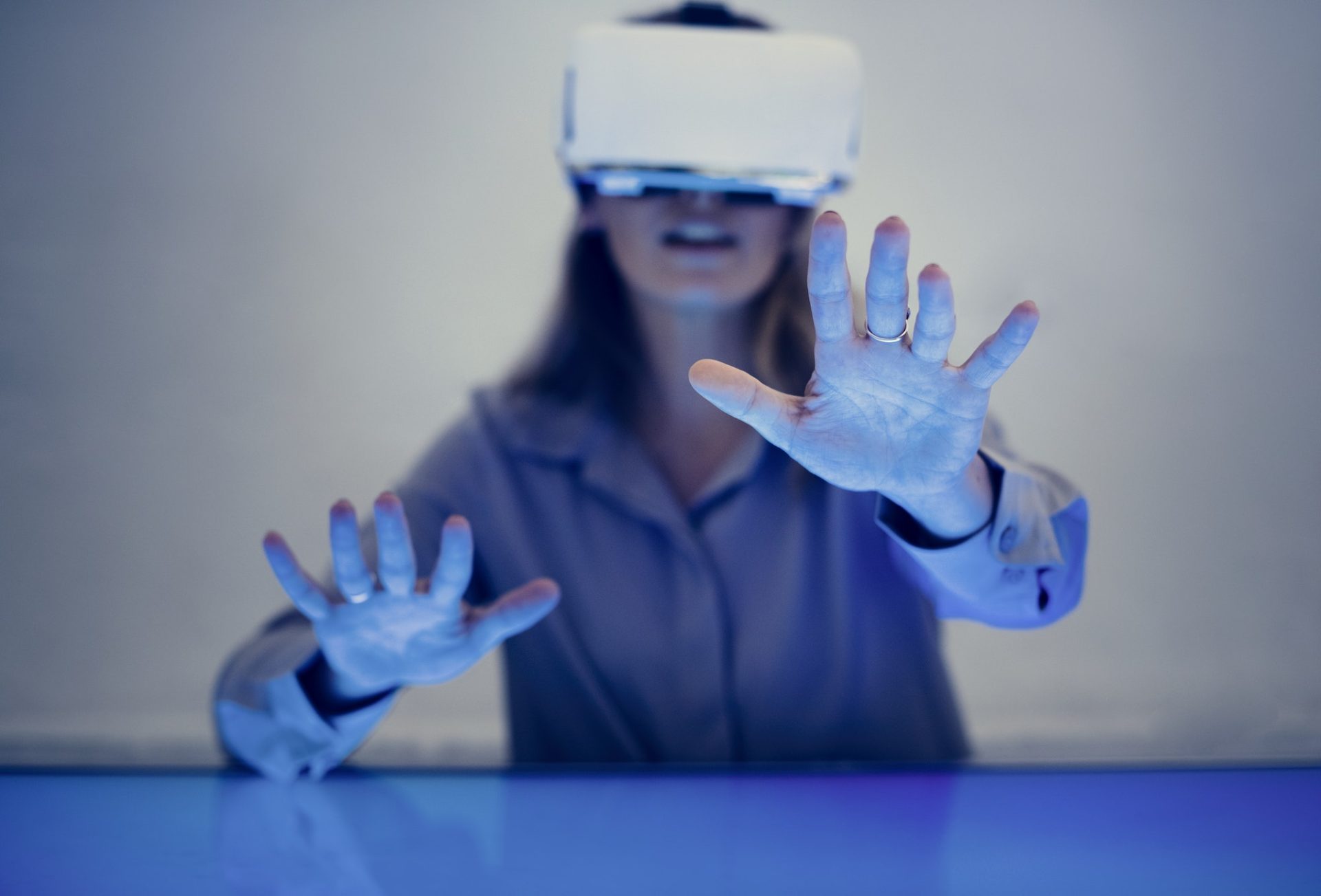The world of education is evolving, and Virtual Reality (VR) is at the forefront of this transformation. By integrating immersive technologies into the classroom, educators are breaking traditional learning barriers and offering students more interactive, engaging, and impactful experiences. Virtual Reality is not just a new gadget—it’s an innovative tool that’s redefining how students learn, absorb, and retain information.
In this post, we’ll explore how VR is reshaping education and why it’s a game-changer for both teachers and learners.
1. Bringing Learning to Life with Immersive Experiences
Imagine walking through ancient Rome, exploring the solar system, or even traveling inside the human body—all without leaving the classroom. VR allows students to step into environments and situations that were once impossible to experience firsthand. Instead of reading about history, geography, or science in a textbook, students can now live these subjects.
In subjects like biology, students can observe cell processes in 3D, making complex ideas easier to understand. In history classes, they can visit historical sites and witness reenactments of significant events, giving them a deeper connection to the material.
2. Hands-On Learning Without the Risks
One of the greatest advantages of VR is the ability to simulate real-world scenarios without the risks. In medical education, for instance, students can practice surgeries, diagnose patients, and learn intricate procedures without the fear of harming anyone. This hands-on, immersive experience is invaluable for fields that require precision and practice.
Similarly, engineering and architecture students can create, test, and interact with their designs in a virtual environment before working on actual projects. VR offers the perfect blend of theory and practical application, giving students the confidence to tackle real-world challenges.
3. Personalized and Adaptive Learning
Virtual Reality makes it possible to tailor lessons to individual student needs. In a VR environment, learning can be adapted to each student’s pace and style, allowing them to explore topics in ways that suit them best. For example, students who struggle with abstract concepts can benefit from visual and interactive representations, while fast learners can explore more advanced material without being held back by a group.
This adaptability makes VR a powerful tool for inclusive education, ensuring that students with different learning abilities can thrive in the same environment.
4. Collaborative Learning in Virtual Worlds
VR breaks geographical boundaries, enabling students from all over the world to connect, collaborate, and learn together. Virtual classrooms allow students to work on group projects, attend lectures, and engage in discussions—all within a shared virtual space. This promotes a sense of community and collaboration, even in remote learning environments.
With VR, classrooms are no longer confined to four walls. Virtual field trips, collaborative projects, and global learning opportunities are just a few of the ways VR fosters an interconnected and interactive learning environment.
5. Cost-Effective and Scalable Solutions
While VR headsets and tools may seem expensive upfront, they offer long-term savings for educational institutions. Expensive lab equipment, field trips, and physical materials can be replaced with virtual simulations. For example, a single VR headset can offer experiences in chemistry labs, physics experiments, or historical tours, eliminating the need for costly resources and reducing logistical challenges.
As VR technology becomes more affordable and accessible, more schools will have the opportunity to integrate these tools into their curricula, offering high-quality education to students around the globe.
6. Boosting Student Engagement and Retention
Studies show that students who engage with interactive, immersive content are more likely to retain information. Traditional teaching methods often struggle to hold students’ attention, but VR can captivate even the most disengaged learners. By turning abstract ideas into tangible experiences, VR deepens understanding and helps students grasp complex subjects in a memorable way.
Interactive learning not only boosts engagement but also encourages curiosity and creativity, making students more eager to learn and explore new topics.
7. The Future of VR in Education
The future of Virtual Reality in education is limitless. As the technology continues to advance, VR will become more integrated into classrooms, with more sophisticated simulations, interactive environments, and tailored learning experiences. Teachers will have the ability to craft unique educational experiences, and students will gain access to new worlds of knowledge.
The future might also include augmented reality (AR) combined with VR, offering even more dynamic learning environments where digital and physical realities blend seamlessly. The classroom of tomorrow will likely be a fusion of traditional methods and cutting-edge tech, with VR playing a central role in shaping the education landscape.
Conclusion:
Virtual Reality is more than just a cool gadget—it’s a revolutionary tool transforming education as we know it. From interactive simulations to global collaboration, VR is opening up new ways to teach and learn. As educators continue to embrace immersive tech, the potential to enhance student engagement, creativity, and understanding grows exponentially.
The future of education is here, and Virtual Reality is leading the charge. What’s next for your classroom?


